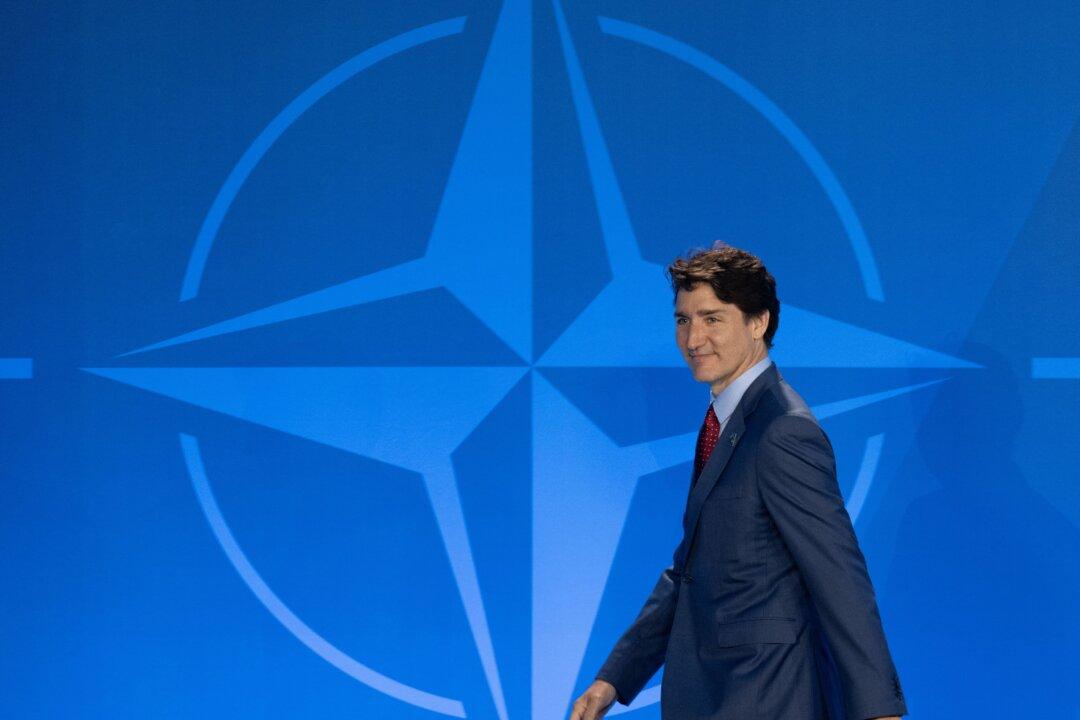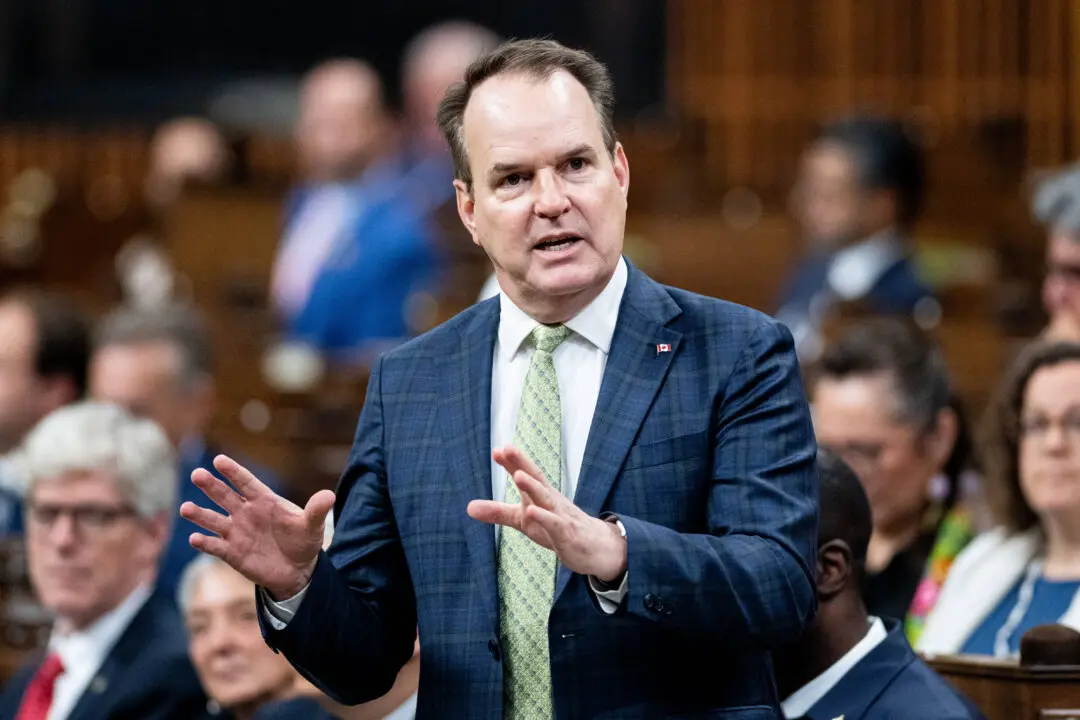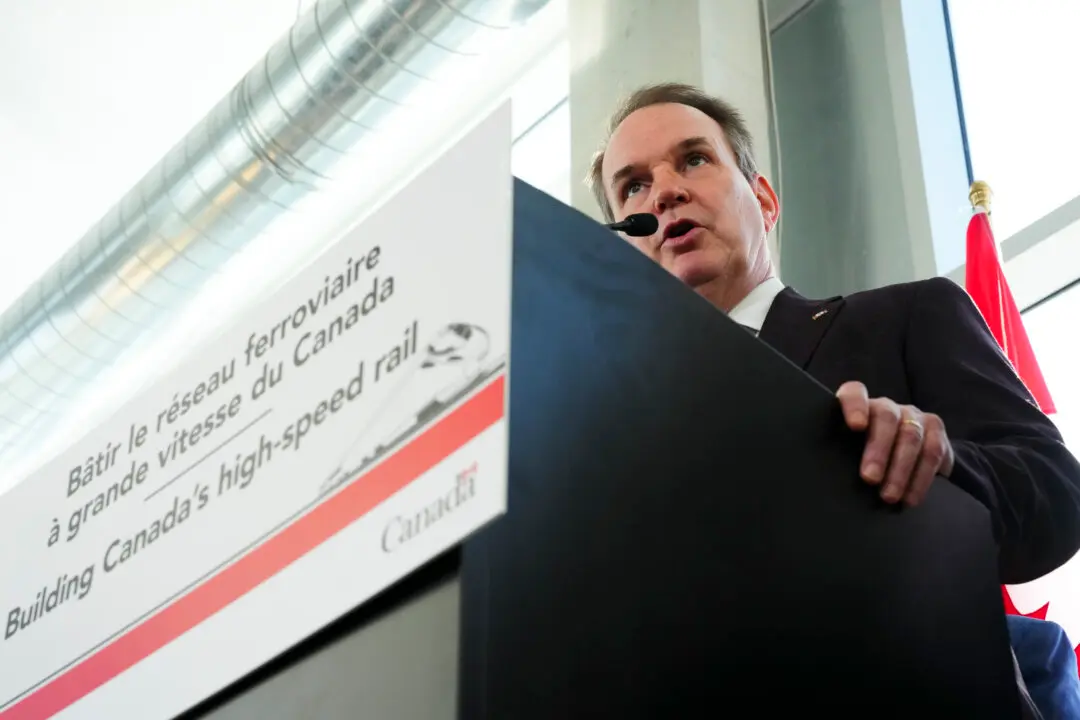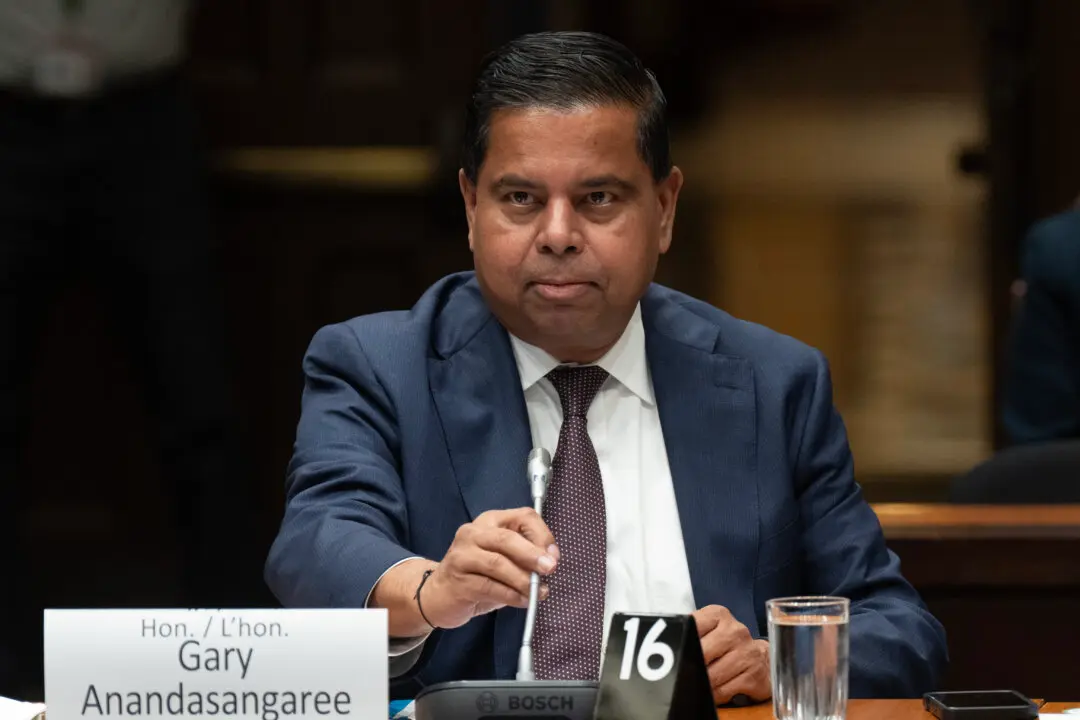Given that military spending is under the jurisdiction of the federal government, it was notable that several premiers brought the issue up during the annual Council of the Federation meeting.
Manitoba Premier Wab Kinew led the charge during a media scrum on July 17, where he called for Canada to meet its NATO obligation to spend 2 percent of GDP on military within four years. While Mr. Kinew acknowledged military spending is a federal issue, he highlighted concerns that a failure to spend more could negatively impact the province’s trade relations with the United States.





